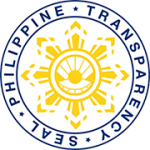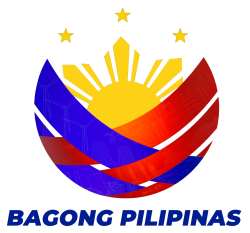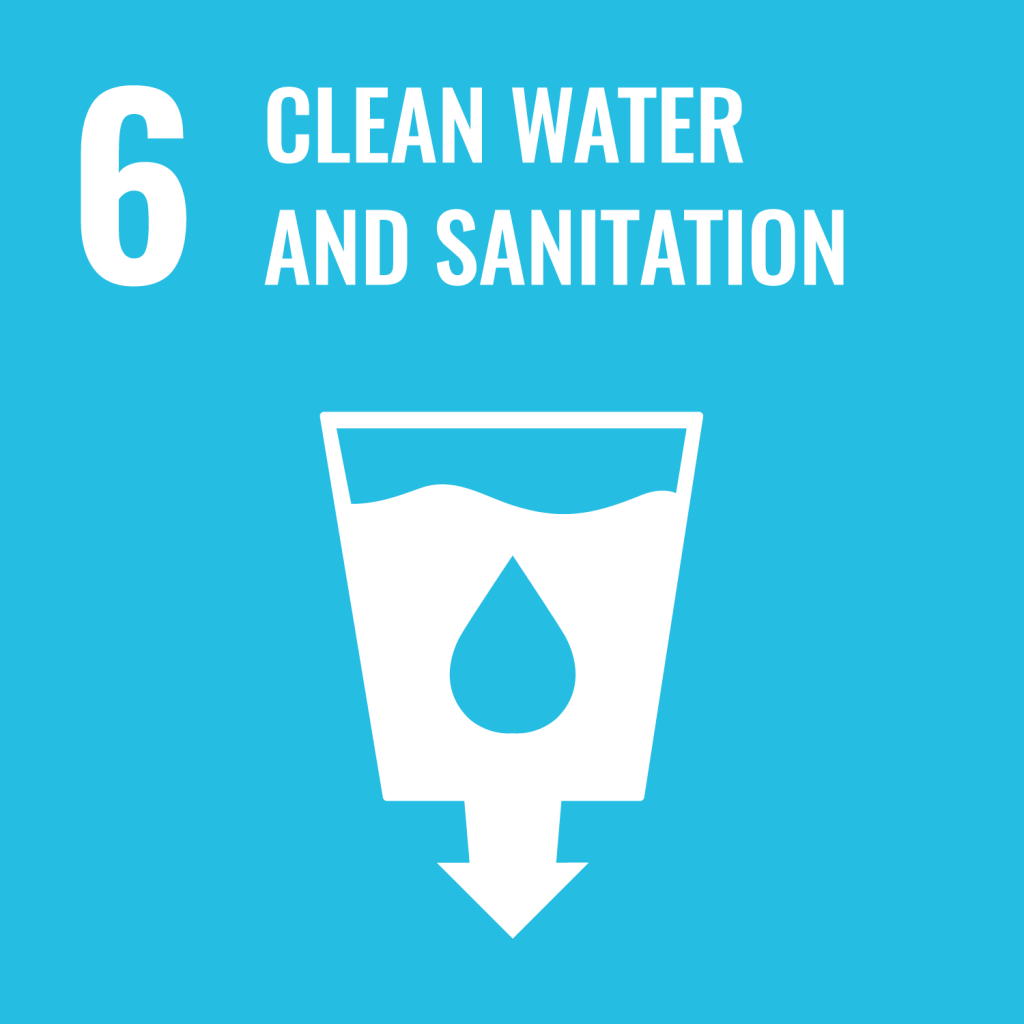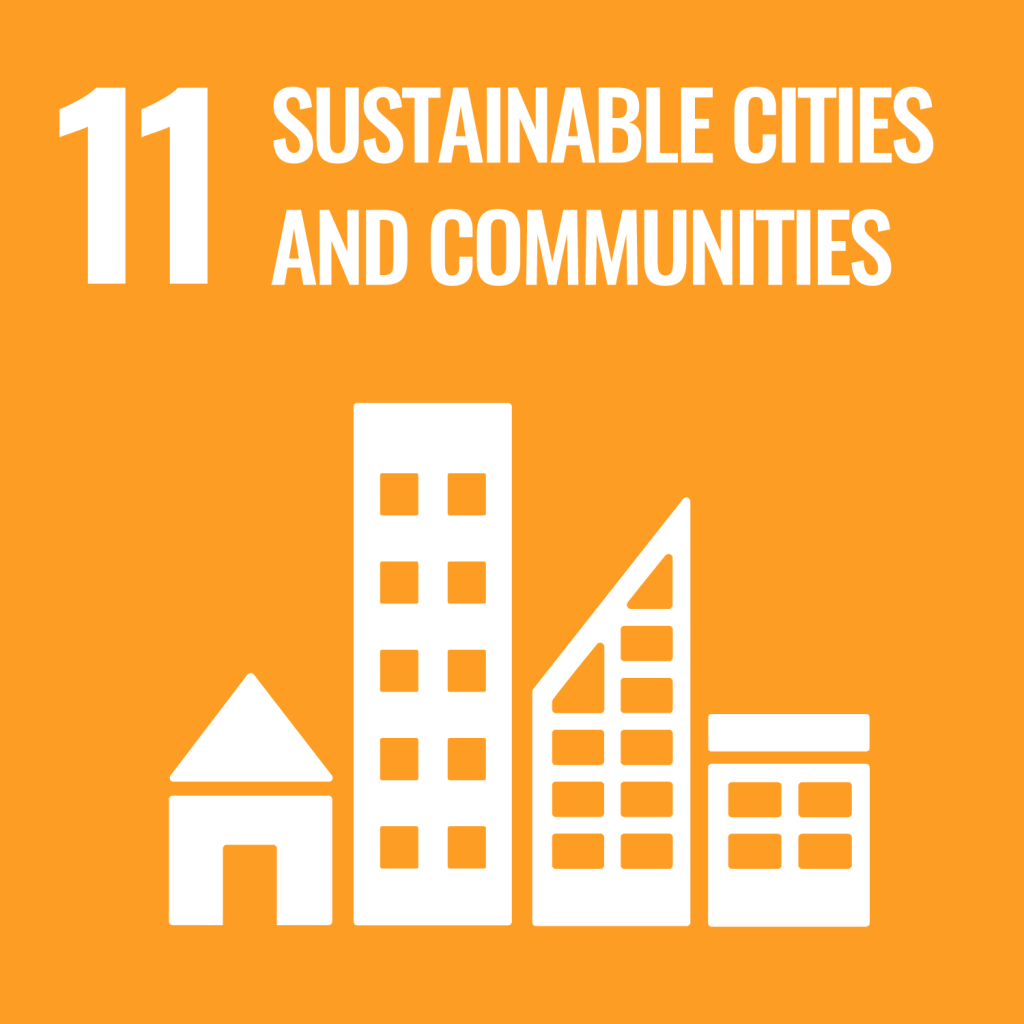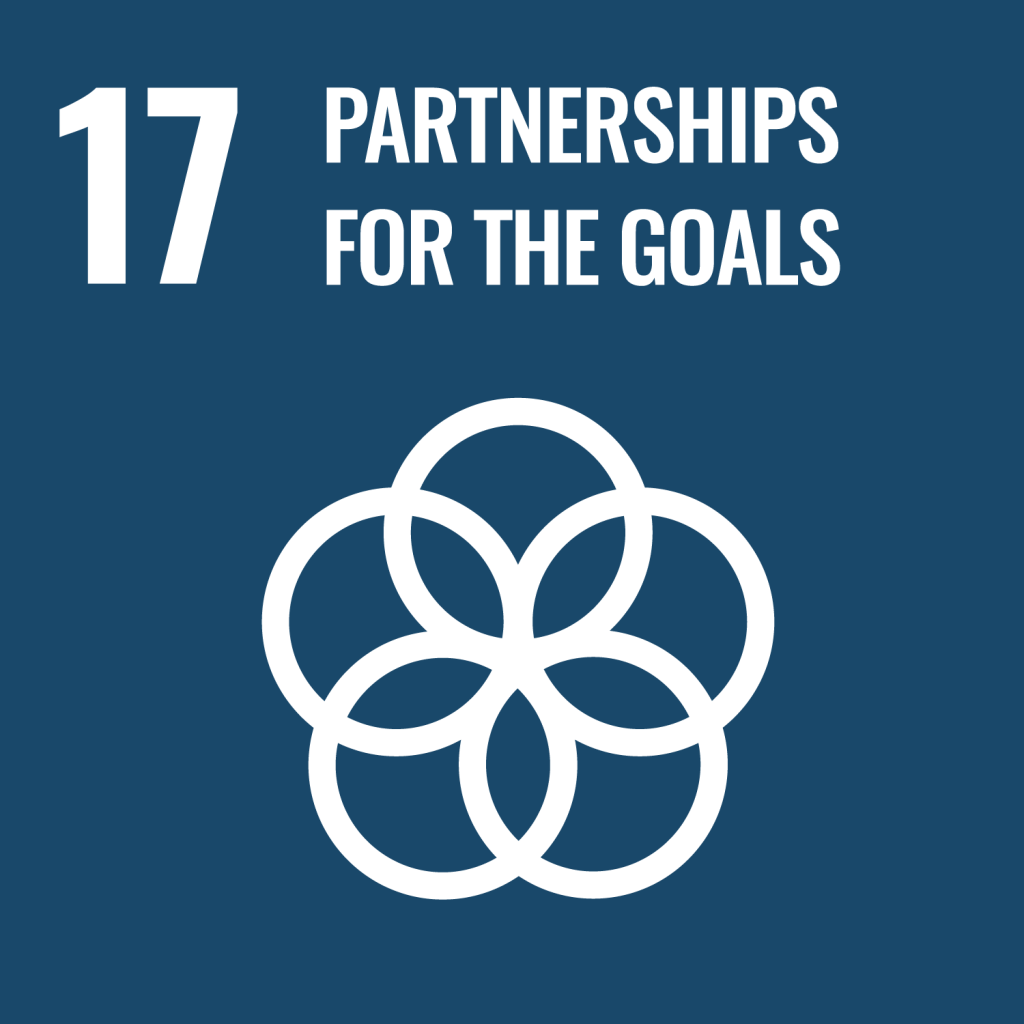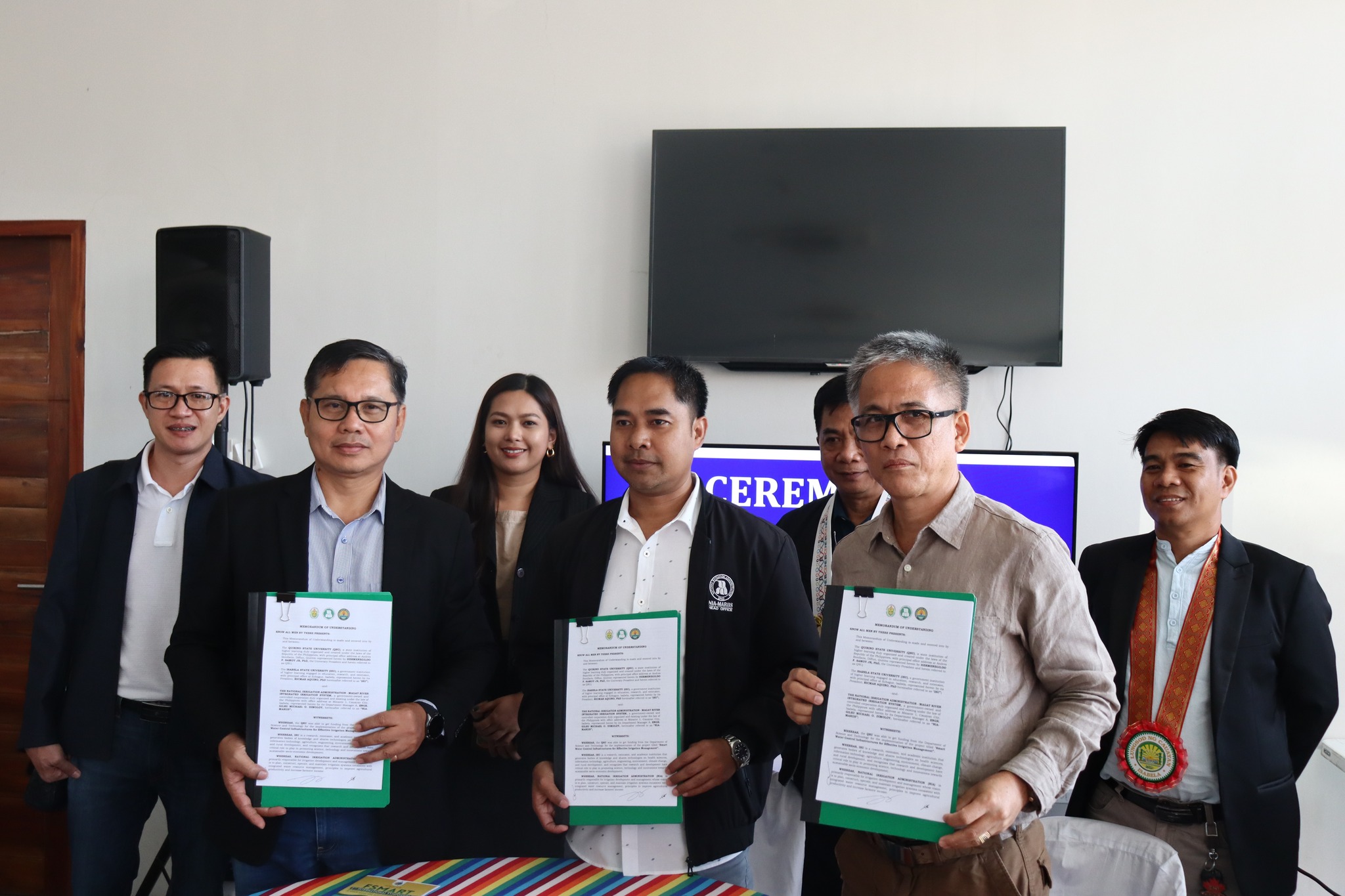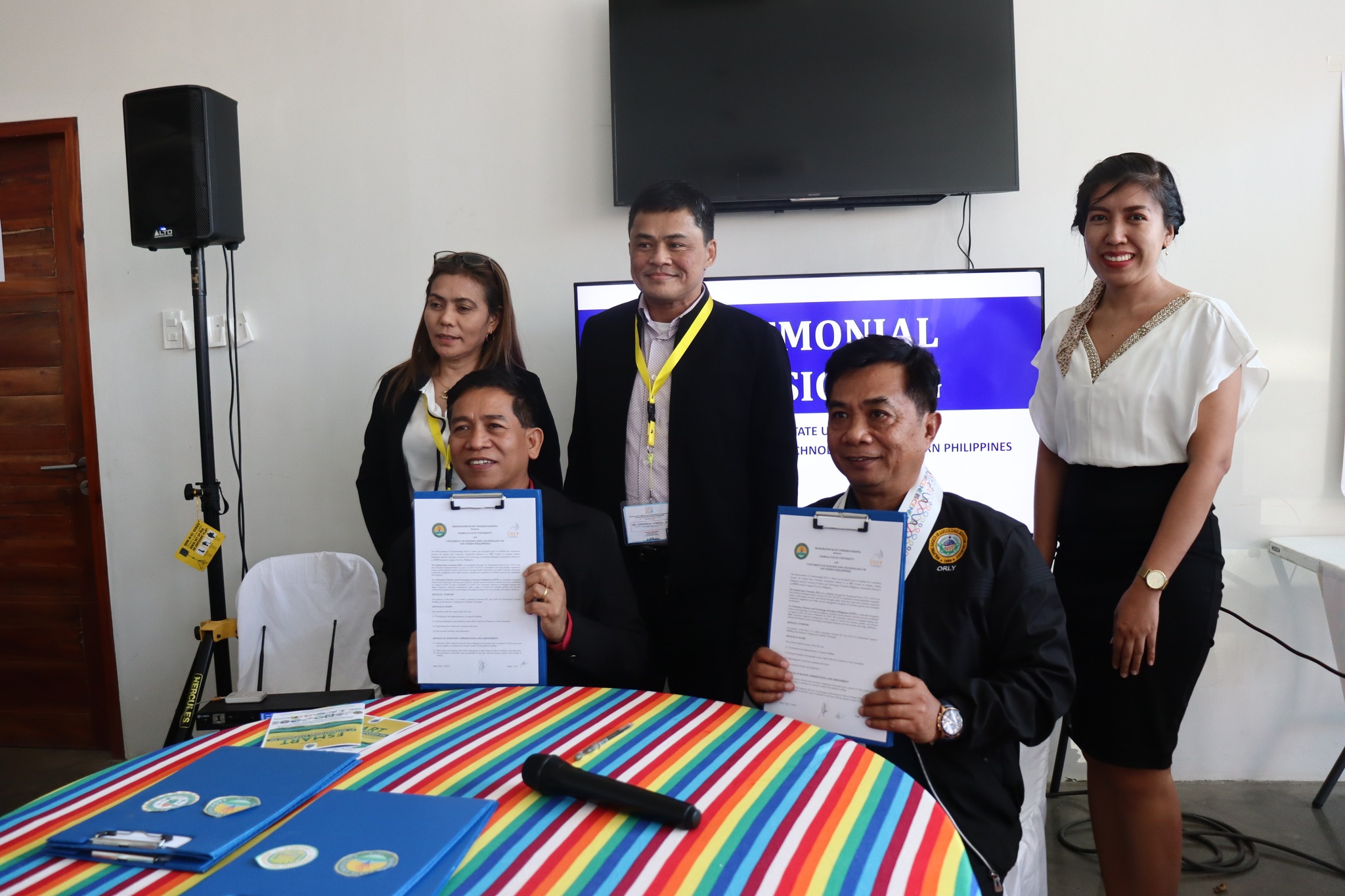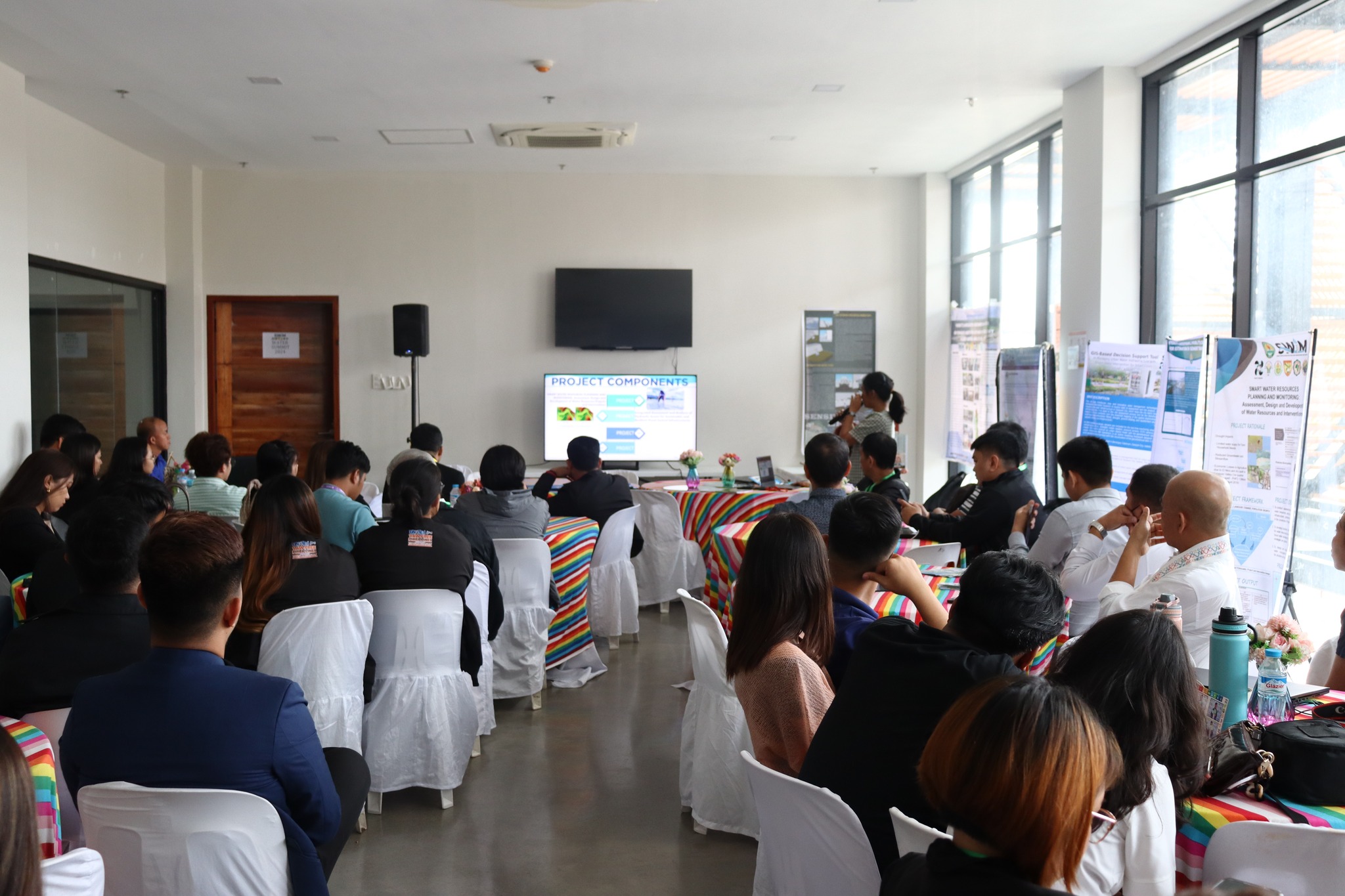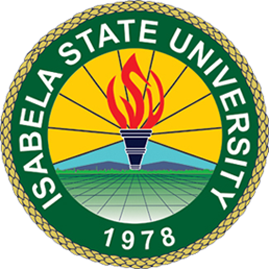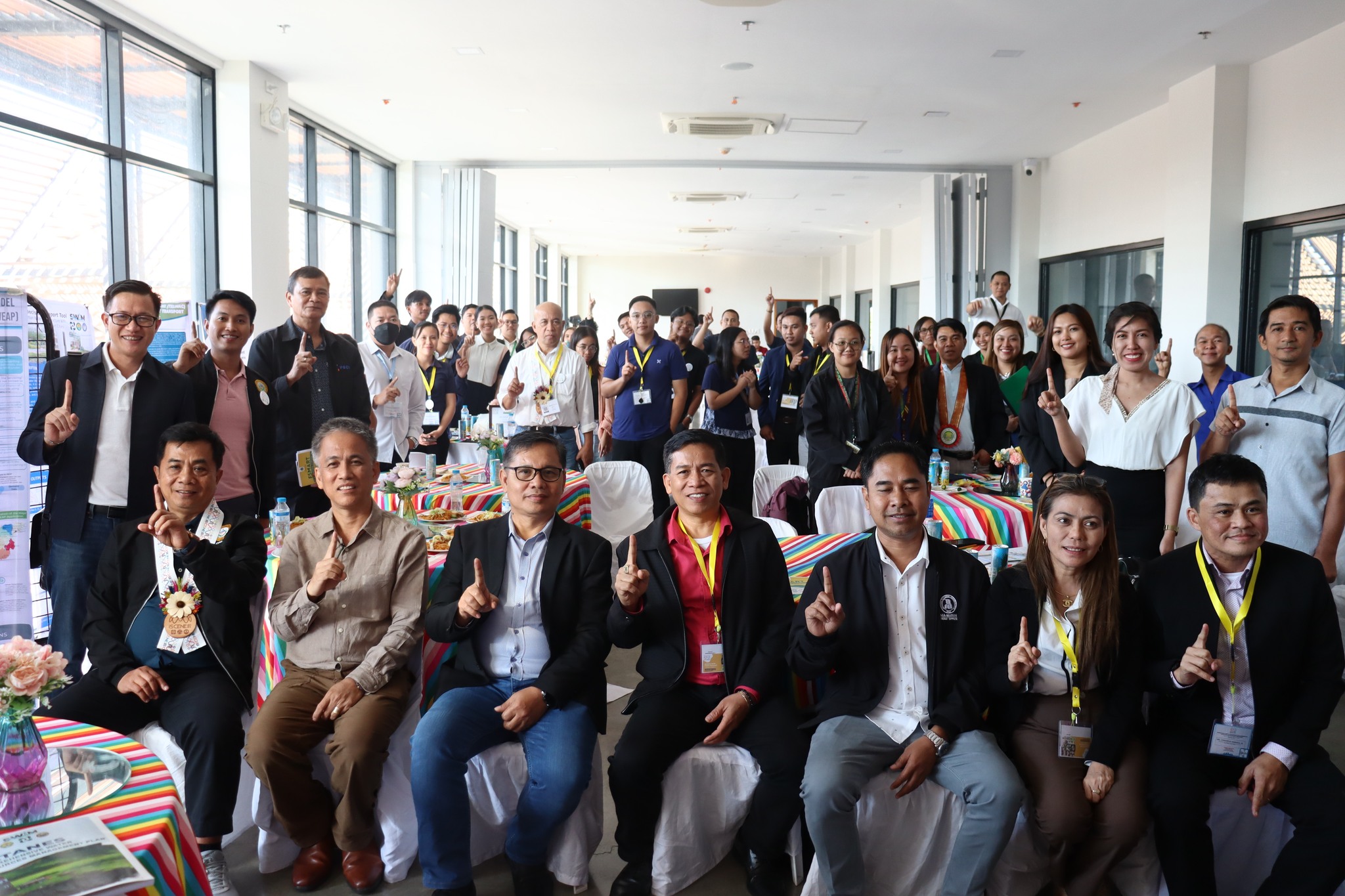
As Isabela State University consistently thrives in its quest to establish sustainable communities, the R&D ventures of its Smart Water Infrastructure and Management (SWIM) Program are continuously streamed at the global landscape as it took center stage during the Water Summit on April 12, 2024, at the Isabela Convention Center (ICON), Cauayan City, Isabela, to advance water security and resilience through smart solutions. The four complementary projects of the SWIM Program were highlighted in this special session of the International Smart and Sustainable Cities and Communities Exposition and Networking Engagement (iSCENE) 2024. The said summit was participated by administrators and researchers from various state universities, Local Government Units (LGUs), Department of Interior Local Government (DILG), Department of Public Works and Highways (DPWH), National Irrigation Administration (NIA), Office of Civil Defense (OCD), and numerous offices of Department of Science and Technology (DOST).
Initially, Dr. Orlando F. Balderama, Vice President for Research and Development, Extension and Training and SWIM Program Leader, oriented the attendees of the special session on the series of activities of ISU’s SWIM projects. Moreover, Engr. Czarimah L. Singson, ISU-DOST Science Research Specialist II, represented Dr. Balderama in presenting the overview of the SWIM R&D Center. She emphasized the implementing agencies, project leaders, project duration, program framework, objectives, project components, and the significant milestones and accomplishments of each project of the SWIM Program. Moreover, as she represented Dr. Lanie A. Alejo, Director of Water Research and Development Center, she also explained the first complementary project of the SWIM Program, particularly the Smart Water Resources Planning and Monitoring: Assessment, Design and Development of Water Resources Projects and Interventions. Specifically, she gave prominence to the project’s rationale, objectives, framework, and various accomplishments particularly on collaborative endeavors, technicalities of the project, capacity-building activities conducted, and the project’s website.
In a similar vein, Engr. Kathleen B. Palma, Project Technical Assistant IV, represented Dr. Rafael J. Padre, leader of SWIM Project 3, and elucidated also the rationale, objectives, and accomplishments of their R&D team according to their project outputs. After which, Engr. Israel Eraña, leader of SWIM Project 4, primarily presented a video to encapsulate the current challenges and proposed measures on where their project is anchored. He particularly expounded on the specifications of the project equipment and materials, as well as the benefits derived from the project.
On the other hand, Dr. Policarpio Mabborang, leader of SWIM Project 2, explained the rationale and objectives of their project with its corresponding targeted outputs. Afterward, he led the techno-demonstration activity to illustrate how their proposed flood control infrastructure operates. After the series of presentations of the project leaders, the open forum revolved around the issues of flood control infrastructure, network of drainage, and turbidity of water. Moreover, Dr. Jennelyn L. Raymundo, SWIM P1 staff, presented the upcoming 2nd International Symposium on Integrated Flood and Sediment Management in River Basin for Sustainable Development (FSMART) on December 16-18, 2024, in Cagayan De Oro City. She encouraged the audience to attend the said internationalization effort of ISU and its partner agencies and institutions by accentuating the significant details of the conference such as research areas, venue, date, objectives, and symposium topics.
In addition, as the international exposition promotes strategic partnership, a ceremonial signing of the Memorandum of Understanding between ISU and University of Science and Technology of the Philippines (USTP); ISU, NIA, and Quirino State University (QSU); and ISU and Romblon State University (RSU) was held to enable cooperation among the concerned parties for professional capacity building, joint R&D activities, training, and academic exchanges. Likewise, another MOU was signed to seal the partnership between ISU and the Local Government Unit of Cauayan City to jointly conduct a flood management and urban drainage master plan study for the city.
As a message of commitment, Dr. Ambrocio B. Cultura II, President of USTP; Dr. Hermenegildo F. Samoy, Jr., President of QSU; and Engr. Ronald Bermudez, a representative from NIA, conveyed their heartfelt appreciation to ISU for engaging them in diverse R&D initiatives and affirmed their unwavering commitment to supporting all of its endeavors in the future. As a response, Dr. Ricmar P. Aquino, ISU President, stated, “With this kind of collaboration that we have with USTP, QSU, NIA, and OCD we can harness the potential of water resources…and advance the interests of our localities, our region, and the entire country as a whole.” Thus, the summit has evolved into a valuable platform for the expansion of knowledge, upscaling of partnerships, and as a hub for fostering innovation.
Content and Photo Credits: River Basins for Sustainable Development

